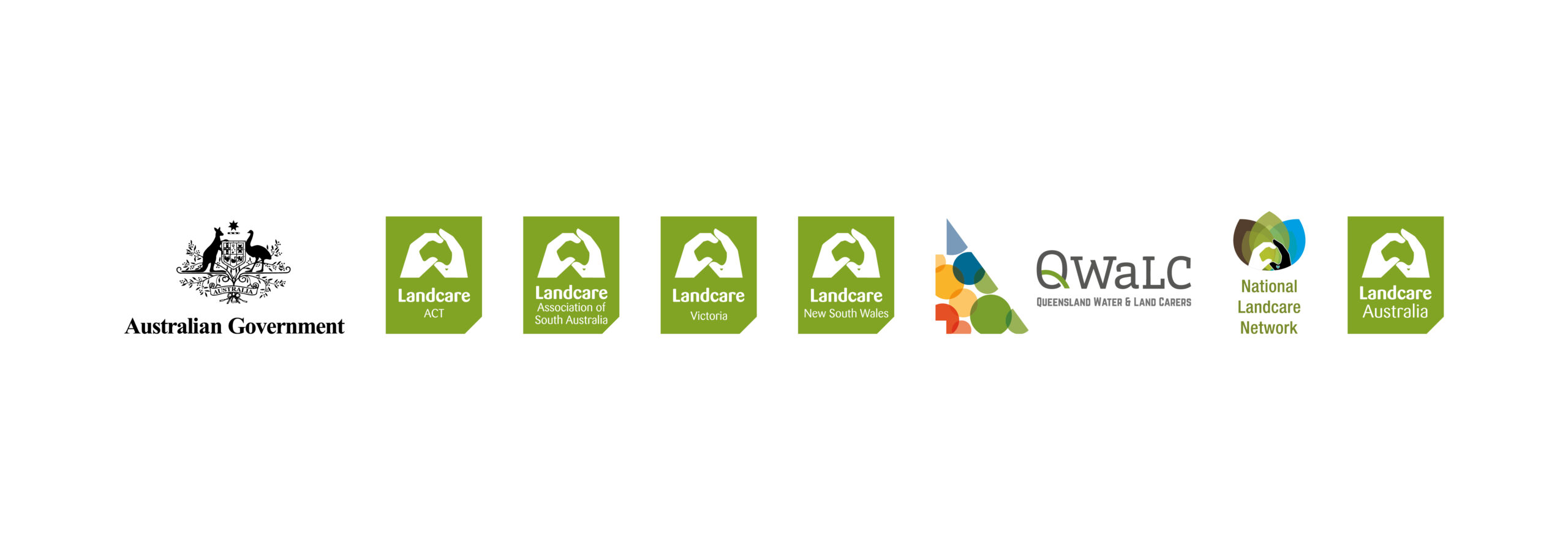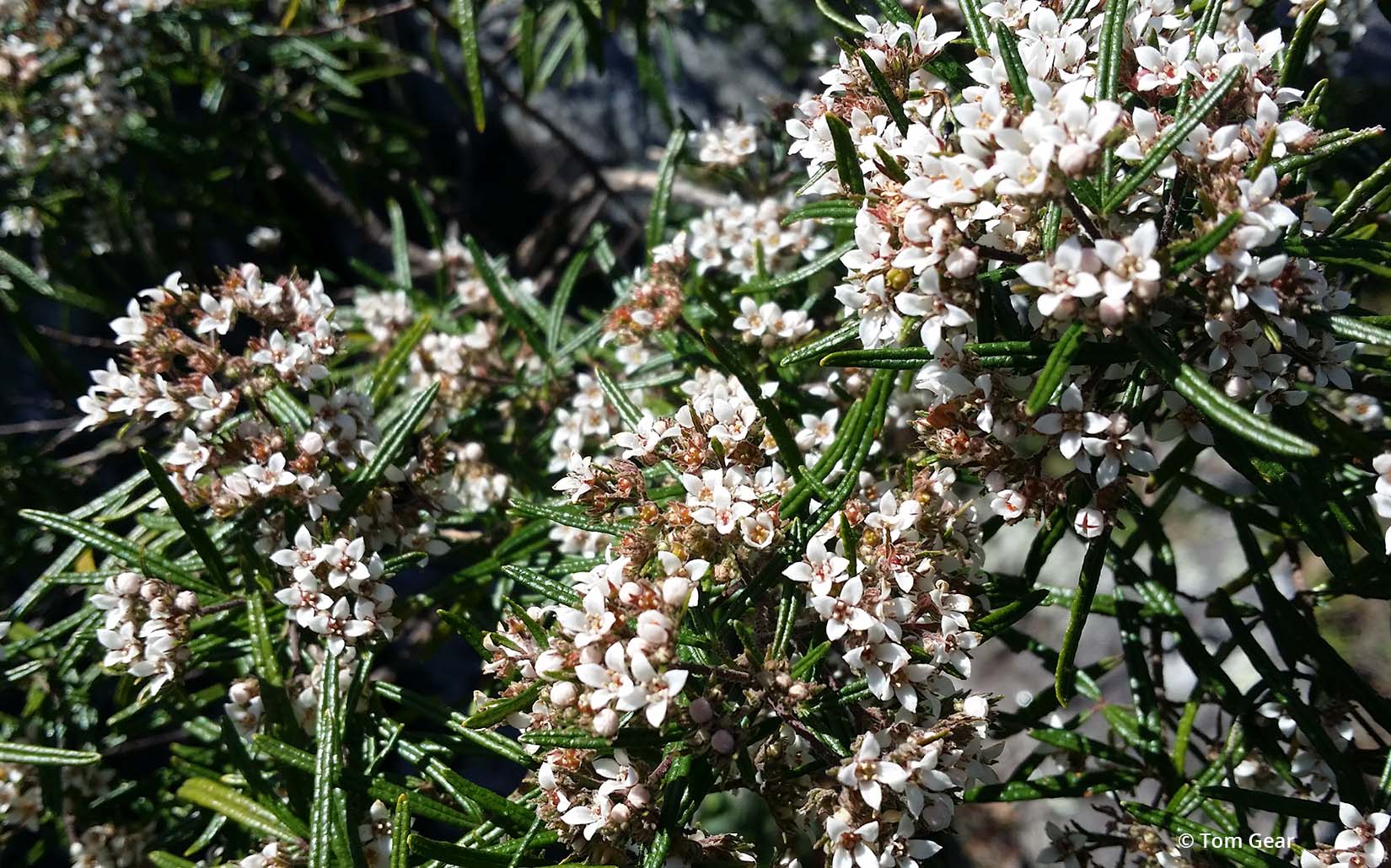MEDIA RELEASE
31.1.2022
Community collaboration key to local mangroves survival
Scientists and community members are working together in a collaboration project to restore local mangroves burnt in the 2019 bushfires on the NSW South Coast.
Leading the project is OceanWatch Australia’s Spatial Project Officer, Dr Claudia Santori.
“The mangroves that we are working on for this project were badly affected by the 2019-2020 bushfires in a way that has been rarely, if ever, observed in Australia and worldwide.
“Mangroves usually don’t burn because they are protected by being so close to or in the water, but 2019 was an exceptional year. The heat of the intense fires killed many of the trees, and degraded or destroyed the habitat they used to provide”, said Dr Santori.
Often referred to as the ‘kidneys’ of the environment, mangroves are the coastal wetlands’ water filtration system, and are crucial to sustainable ocean care.
“Mangrove forests are a very important ecosystem, as many terrestrial and aquatic species rely on them. Particularly, they are a key habitat for mammals, spiders, several insect species, and birds. Also, these mangroves provide habitat for a variety of aquatic species, and they are an important nursery for fish.
“Considering Australia has the third largest area of mangroves in the world, protecting these ecosystems is vitally important and supporting them to recover after such destruction even more so,” said Dr Santori.
With funding from the Landcare Led Bushfire Recovery Grants, Dr Santori, along with local community members, are doing their bit to protect and ensure the survival of this important aquatic habitat.
“Focusing on the Clyde, Moruya and Womboyn Rivers, we’ve held a series of educational workshops on mangroves and the MangroveWatch monitoring protocol, to generate interest among locals and visitors. We are creating a community around the mangroves to ensure that they are protected, supported and healthy.
“Our project will enhance the recovery and maximise the resilience of fire-affected mangrove forests in the South Coast of NSW and all the animals that rely on the habitat they provide. It will also allow us to improve our understanding of the impacts of bushfires to this important ecosystem.”
With World Wetland Day on February 2 focusing on taking action to restore, repair and protect wetlands, Dr Santori said community support and collaboration is vital in supporting wetland habitats such as mangroves, to enhance their important role now and into the future.
“Mangroves have an important role in wave mitigation, bank stabilisation, in the reduction of erosion and lock up significant amounts of carbon from the atmosphere. With a changing climate and many challenges ahead on our shorelines they are crucial to biodiversity and the health of our waters and shorelines.”
The Landcare Led Bushfire Recovery project has been supported by the Australian Government’s Bushfire Recovery Program for Wildlife and their Habitat.
Images:
OceanWatch Australia staff in Batemans Bay doing a ‘long plot’ measuring trees in bushfire affects zones.
Contact
Landcare NSW
Samantha Stratton / M: 0487 767 955 / E: sstratton@landcarensw.org.au
OceanWatch Australia
Claudia Santori / M: 0455 550 942 / E: claudia@oceanwatch.org.au

